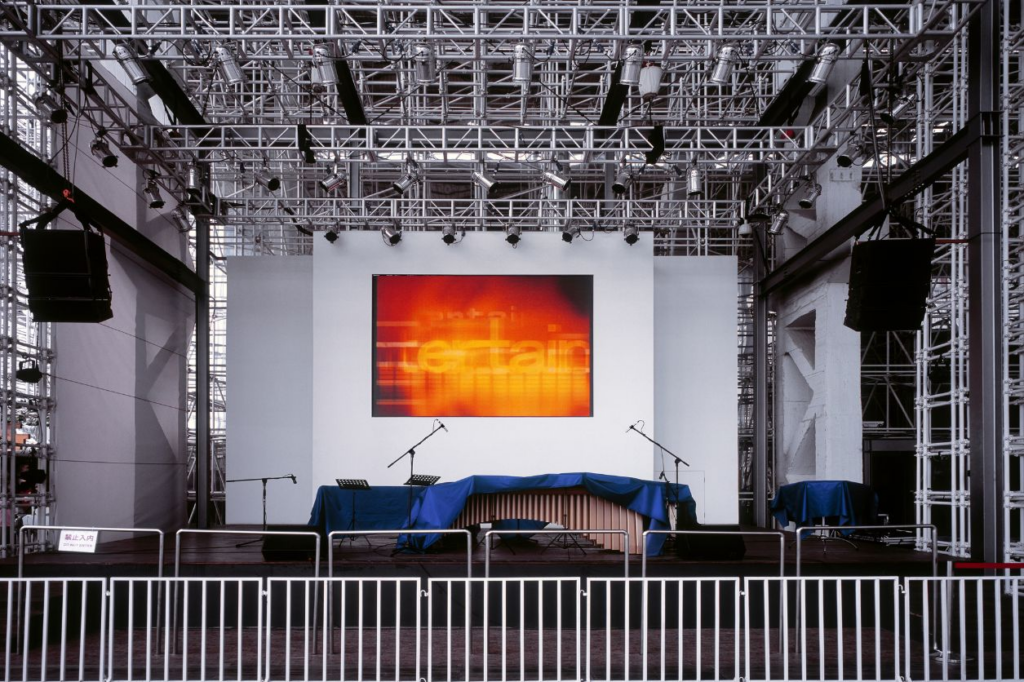Digital LED screen technology is profoundly changing the way we receive visual information and interact with our surroundings. From train stations to stadiums, digital signage has become a standard tool for delivering schedules, important safety updates, and advertising and marketing messages.
LED screens also have great potential to enhance communication and interaction in places of worship. These multi-purpose spaces—including churches, mosques, synagogues, and temples—are more than just places of religious worship; they often serve as centers for community events, educational programs, and fundraising.
As the heart of a community, places of worship can use LED technology to communicate with their members in more innovative and efficient ways. Here are some examples of how digital screens are improving the experience for worshippers, religious leaders, and the general public.

Information Delivery
Places of worship often have a busy schedule, and digital signs can play an important role in the entrance area, not only welcoming visitors but also informing them of upcoming events and religious services. In addition, they can also convey relevant information about the community in real time and provide visitors with important updates, such as changes in activities or venue closures.
Enhanced Visual Experience
In larger places of worship, such as cathedrals or temples, LED screens or video walls can ensure that all congregants can clearly see the speaker or worship leader. This helps every participant feel connected to the event, enhancing their sense of interaction and the social and spiritual experience.
Support for multimedia and immersive experiences
Modern worship services often include multimedia presentations to enhance speech or support musical accompaniment and singing. LED displays excel in this area, displaying clear images, videos, text, hymn lyrics, and more to better fit the atmosphere of worship.
This support makes it easier for congregants of all ages, including non-native speakers or those with sensory impairments, to participate in worship. LED displays make the worship experience more intimate and inclusive, allowing all visitors to engage and fully participate in the worship activities.
Supporting Remote Participation
LED screens can help places of worship connect with remote audiences who cannot be present in person, providing them with clear visual content, whether they are watching from home or in other public spaces.
This enables high-quality hybrid worship, improving participation and inclusion for those who cannot attend due to health, disability, family responsibilities or geographical restrictions.
Interactive Features
In some cases, worship leaders may want to communicate more directly with their congregants through interactive means. LED screens can achieve this goal, allowing congregants to make requests for specific hymns or readings, or even participate in question-and-answer sessions. Such interactive features not only enhance the worship experience, but can also play a role in broader community events, such as fundraisers or local history exhibitions.
Environmentally sustainable
Places of worship are often concerned about the well-being of their congregants and the world, and adopting LED screens is one way to help achieve this goal. Compared with traditional paper materials and energy-intensive light projectors, LED screens are more environmentally friendly and sustainable.
Digital communication is not only cost-effective, but also reduces resource waste by reducing the need for printed materials such as posters and flyers. At the same time, LED screens have low energy consumption, which helps reduce the carbon footprint of houses of worship and promote environmental protection.

